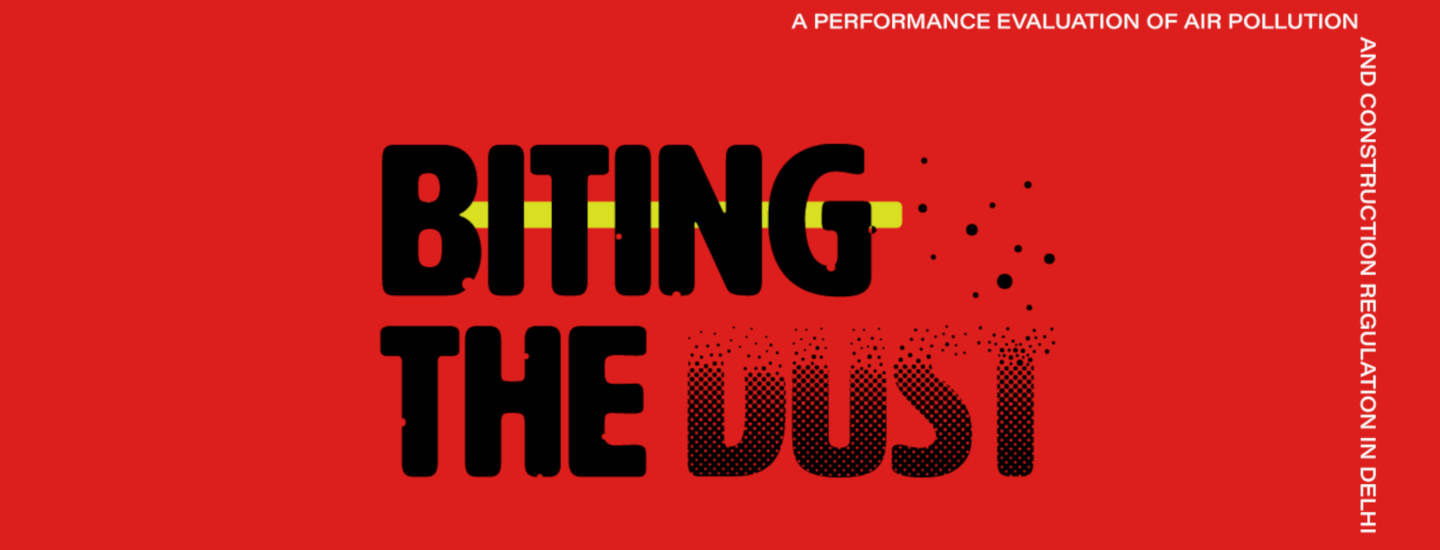
About the project
This project is a first step towards building a regulatory performance index, which will allow citizens, advocacy groups and other researchers to evaluate the action taken by our public authorities to tackle air pollution. It uses construction activities in the Delhi NCR as a case study.
What is a regulatory performance evaluation?
A regulatory performance evaluation aims to generate accurate and comprehensive information about monitoring and enforcement activities taken by authorities. Authorities can also be evaluated for the transparency, clarity and consistency of their regulatory actions. We see this exercise as the regulatory equivalent of air quality monitoring stations. Just as such stations measure the nature and quantity of pollutants in the air, we aim to measure the nature and level of regulatory activity around air pollution.
What questions does a regulatory performance evaluation aim to answer?
-
What is the capacity of pollution control and municipal authorities to inspect construction sites?
-
How frequently is this inspection carried out?
-
How many warnings are issued to construction sites?
-
How many construction activities are suspended because of violating dust control measures?
-
What is the quantum of fines imposed on construction sites for violating the Graded Response Action Plan?
The conversation around air pollution has rightly focused on the lack of real-time information about air quality. If we don’t know how bad the problem is, we won’t know what steps to take to fix it. This is much the same idea behind a regulatory performance evaluation. If we don’t know what steps our public authorities and agencies are taking to tackle air pollution or whether they’re taking the steps they promised to, we won’t know whether these steps are working or not.
Ideally, we would like to measure how effective regulatory action is — did registering police complaints for violating the firecracker ban have a negative effect on their sale the next year? did fining resident welfare associations for unsegregated waste reduce the amount going to landfill? did the suspension of building permits for violating dust control measures ultimately improve the air quality index in and around construction sites?
We are some way from being able to draw these connections. We are just about making accurate air quality data available in the public domain. Information about regulatory action is patchier and far less transparent. Correlations between such action and the air quality index are a far cry.
